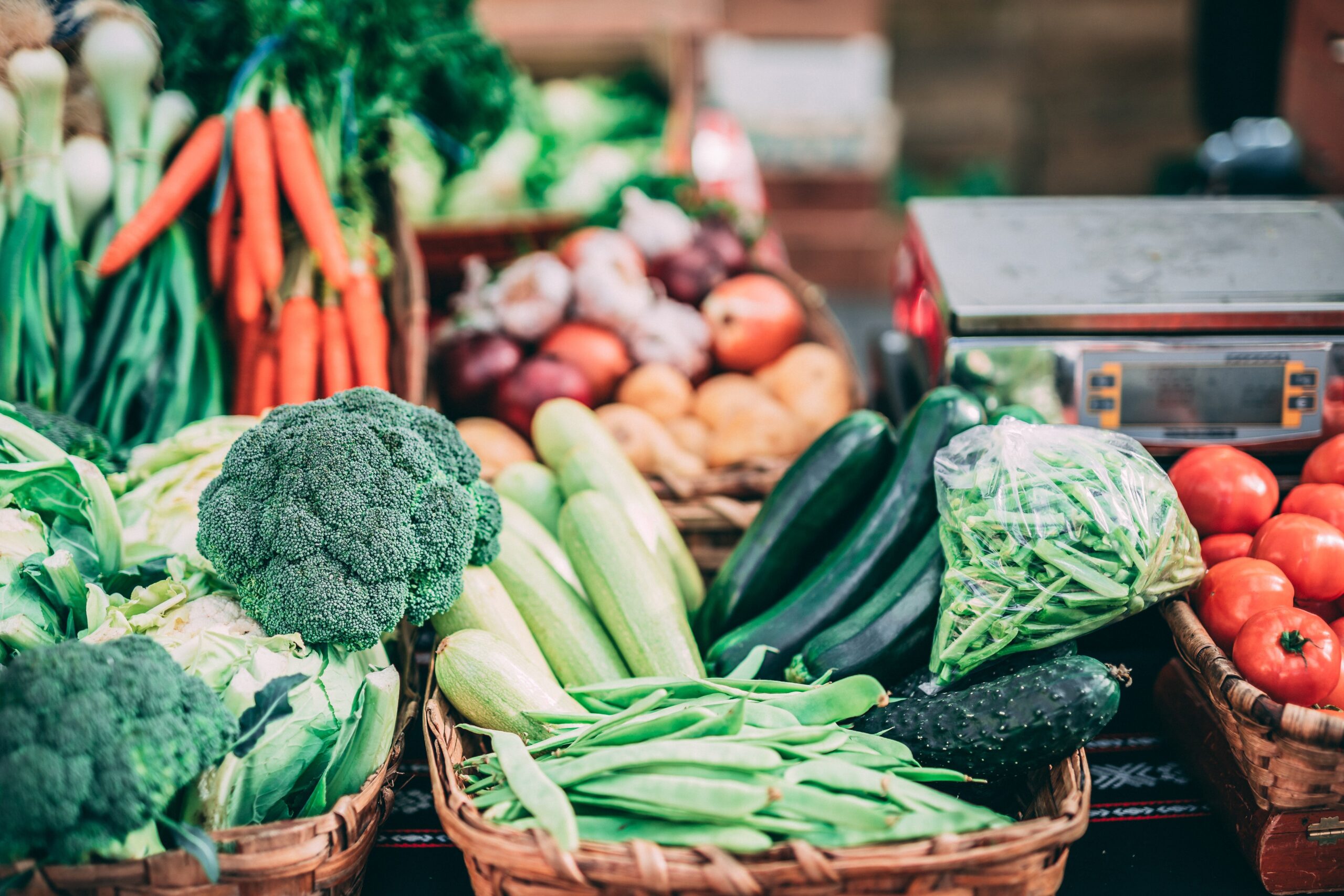Edible landscaping, or ‘foodscaping’, is a huge trend in gardening right now, with fruits and veges taking centre stage.
With edible landscaping, the focus is on planting food plants rather than purely ornamental plants – anything from a few pots filled with herbs, to entire backyards transformed into food forests.
As with many trends, rather than being a new concept, it’s more of a returning to the ways of the past – growing food was common in our grandparents’ generation.
Many urban dwellers typically spend their weekends and free time maintaining an ornamental lawn and ornamental plants.
In the United States, the lawn is their largest ‘crop’; which is an alarming fact considering how many resources, including precious water, and time go into maintaining them, not to mention the chemical usage and related pollutants.
Imagine the potential if even a small percentage of those lawns were planted out with food, and just some of the many ornamentals were replaced with edibles.
It could transform the way people live and the diet they eat.
Landscaping with edibles often doesn’t require much more care and, by attracting beneficial wildlife, is ecologically friendly too.
As well as the practical aspects of making your landscape productive, there’s the enjoyment of seeing different crops being ready throughout the seasons, and the reward of having grown it yourself.
Nothing in a traditional landscape quite compares to the joy of seeing a raspberry bush laden with tantalising fruit that’s ripening before your eyes.
Your harvests are also picked at their prime, when they’re ripe and full of nutrients, and only have to travel from your garden to your kitchen.
Whether you plan to solely grow edibles or incorporate a few alongside ornamentals, using organic methods will ensure that what you grow is free from toxic substances.
Most commercial pesticides and many herbicides use chemicals not designed to be ingested by humans.
Alternative organic methods include companion planting, using your own compost and crop rotation.
Edible landscaping tips:
- Use strong lines and vertical elements, such as paths or walls.
- Add dimension with pots and planters; wine barrels or old drums split in half work too.
- Add structure, maybe a pergola on which you could climb a passionfruit or similar.
- Use contrasting foliage size to create a dramatic effect. For example, position basil or tomato plants next to a zucchini plant, which has huge leaves.
- Use flowers to add charm, colour and drama. Adding marigolds to a planting of leafy greens will transform the bed – and keep pests away. The parge foliage of the leafy greens will be set off by the smaller foliage and flowers of the marigolds.
- Create a focal point such as an archway or a specimen tree.
What to grow:
Research edible landscaping for inspiration. Choose fruit and veges that you love to eat, make a list of your favorites and research what they need to thrive – then go for it!
Citrus (oranges, lemons, limes etc) – love the hot afternoon sun. They may need frost protection if you live in a cold climate. Planting them under the eaves of the house against a brick wall that retains some heat overnight can do the trick. They also do well in a large pot – as long as they’re given plenty of water and food – which means they can be moved out of reach of the frost in winter.
Leafy vegetables – ideal in a spot that gets about half a day’s sun.
Berries – most need full sun to ripen. Covering them while ripening will keep the birds away.
Herbs – many do well in full sun and also require good drainage – try pots or raised garden bed.
Seed fruit (apples, pears etc) – need full sun and some space around them to grow. Prune in winter.
Stonefruit (peaches, plums etc) – need full sun to ripen. Prune in summer and autumn after fruiting, as needed.
Evergreen trees and hedges – feijoas and olives can both be trimmed to form attractive and productive hedges or be used to screen neighbouring properties.
Specimen (a tree planted apart from others as a feature) trees – fruit trees such as apricots, persimmon, quince or figs make great specimen trees.





